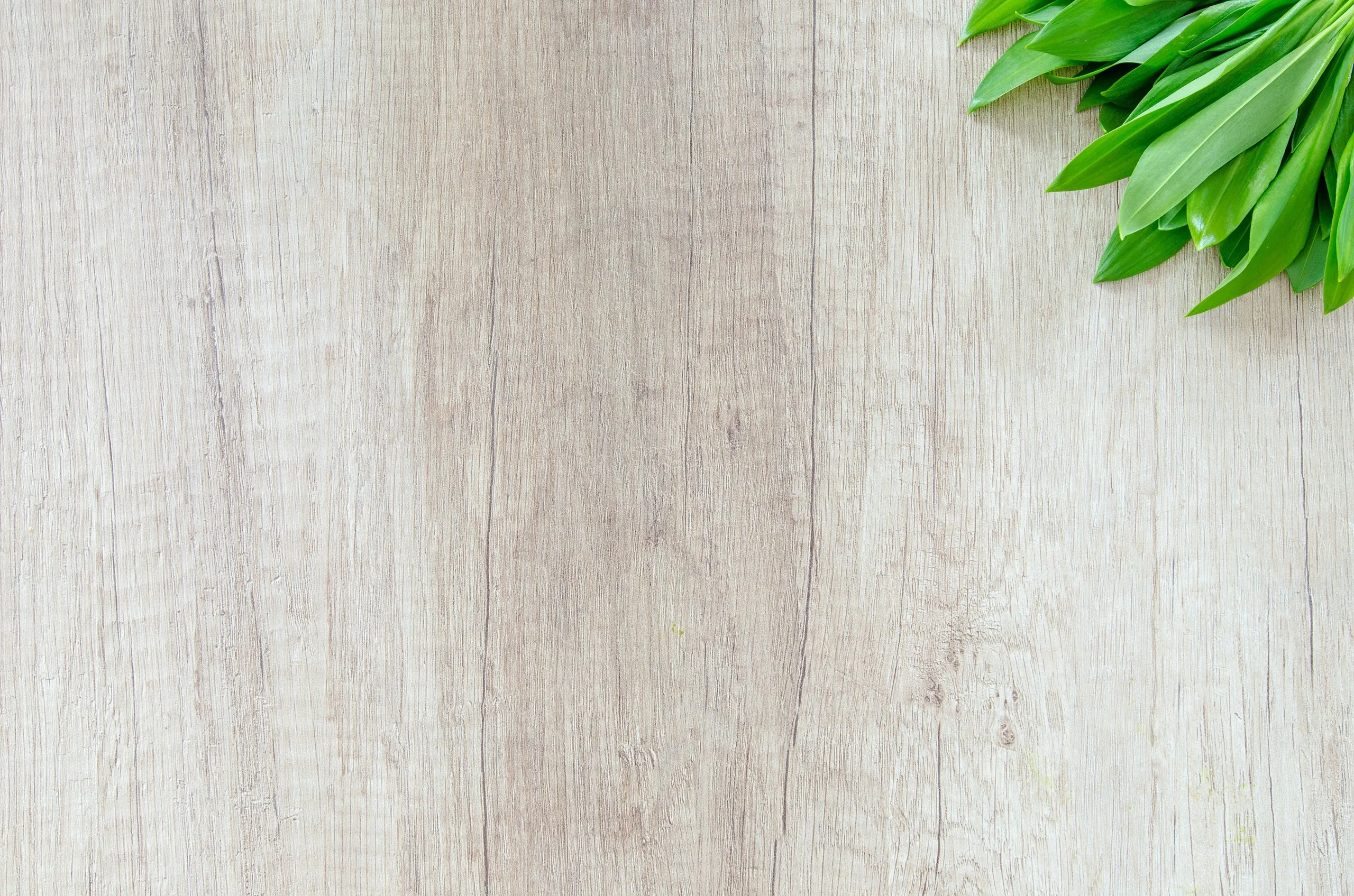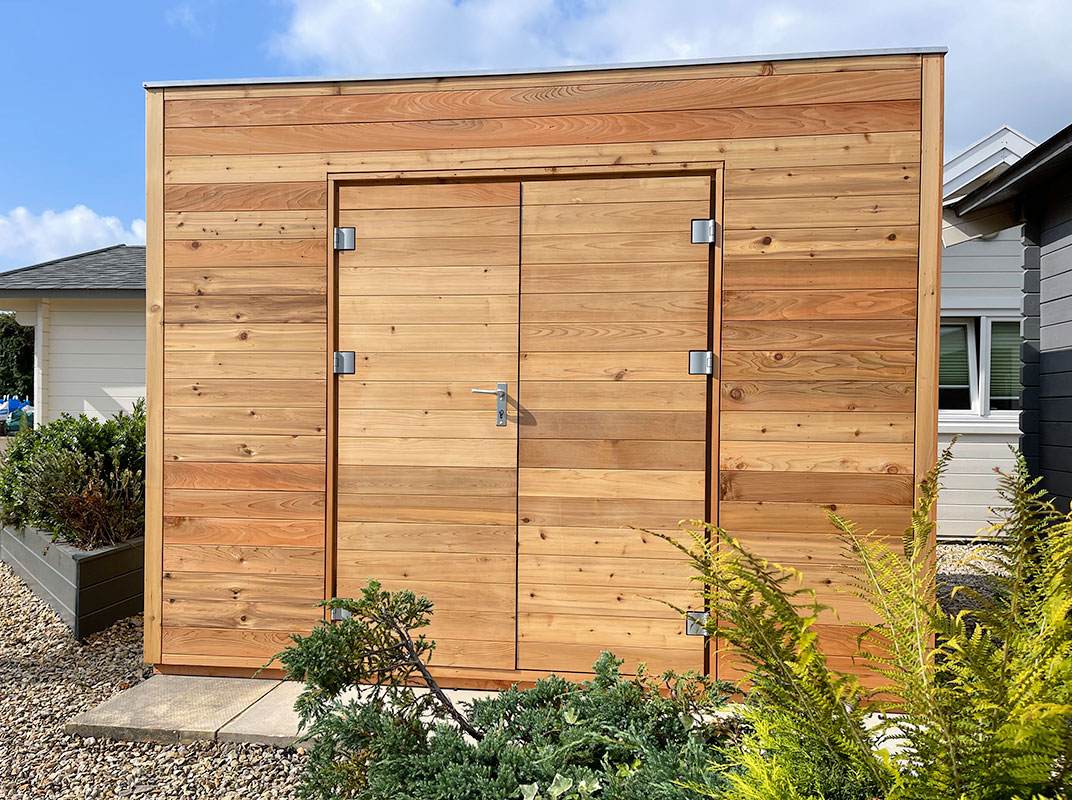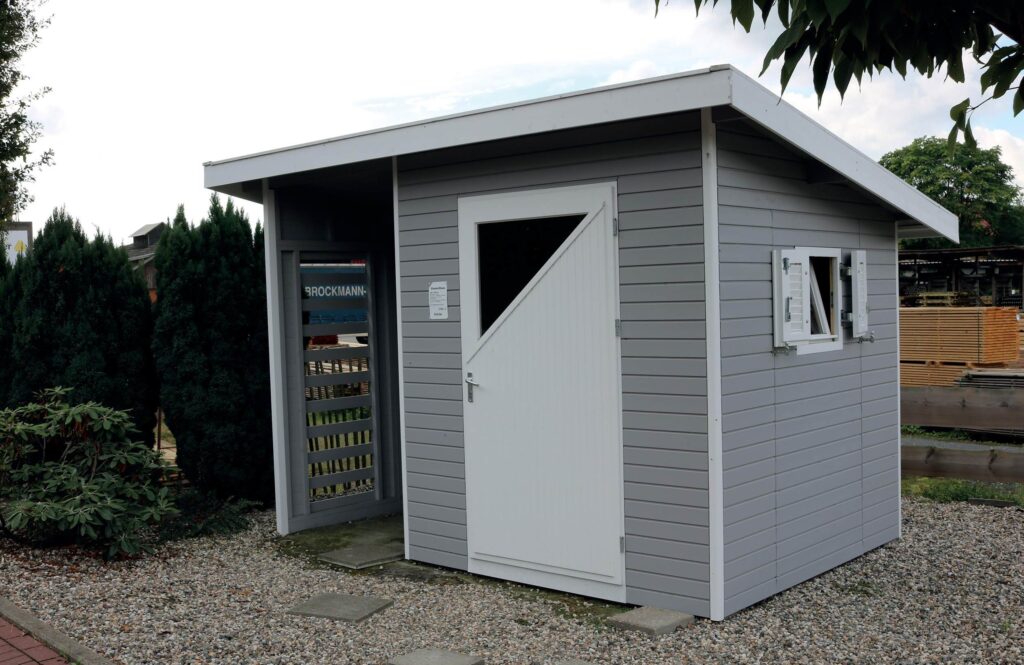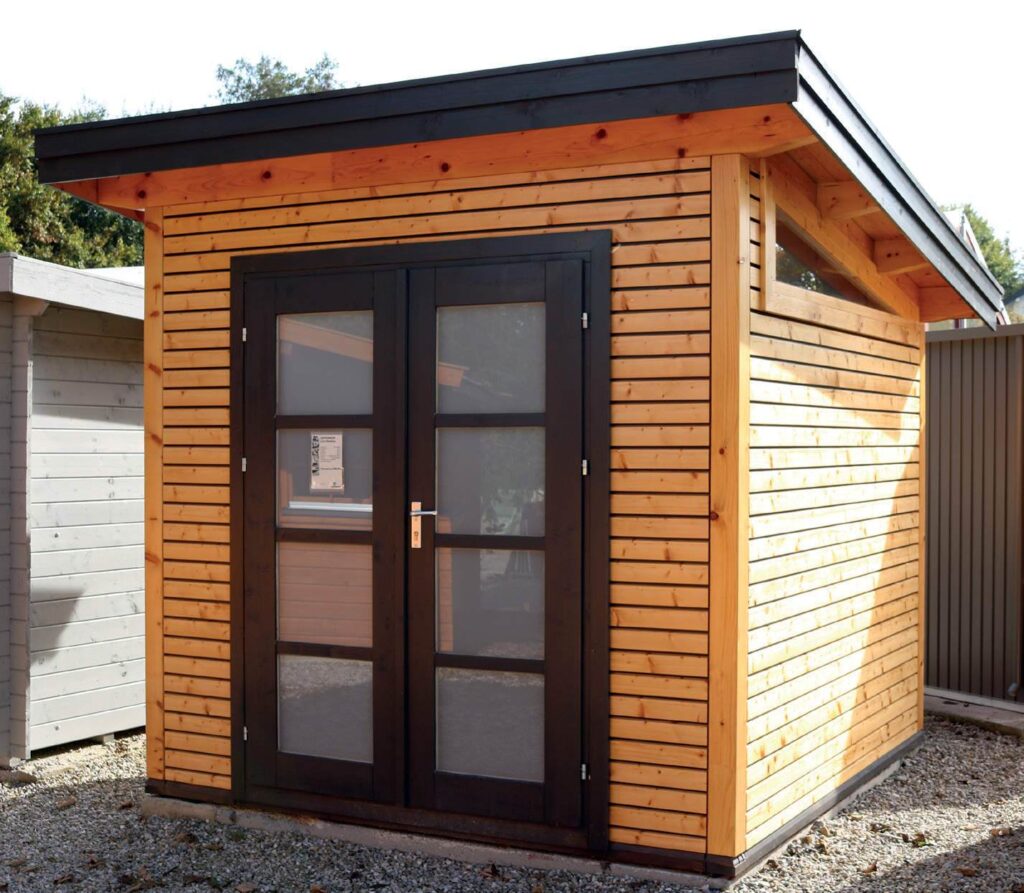

How to protect and maintain a tool house?
The importance of tool house maintenance
Regular maintenance of wood is crucial to ensure its longevity and aesthetic appearance. By impregnating the wood, we protect the house from harmful atmospheric factors such as rain, snow or strong sun. Maintenance helps to protect the wood from insect and insect attacks, as well as to counteract the growth of mold and mildew. Proper waterproofing will make your tool house serve you for many.
The most important tips before applying tool house maintenance
Before you start maintaining your tool house, properly prepare the wood. It is very important that the impregnation method used has the desired effect.
- Dry wood – make sure the wood is completely dry before applying any waterproofing to avoid locking moisture inside.
- Clean surface – start by thoroughly cleaning the exterior surfaces of the wood to remove dirt, debris and old coatings.
- Condition of the wood – check the wood for signs of rot, cavities such as from woodworm, decay or cracks that may need repair before waterproofing.
- Protection – cover adjacent areas, garden furniture and plants to avoid accidental contact with the waterproofing.
- Instructions – read the instructions for application techniques and drying times for your chosen preservative.
- Hardware and metal parts – unscrew handles, hinges and other parts that could interfere with the even application of the waterproofing.
- Sanding – gently sand the surface of the wood to create a smooth finish that will improve the absorption of the preservative.
- Primer – using a wood primer improves the absorption of the impregnant and provides better coverage.

How to secure a tool house?
To effectively protect your tool house, choose the right wood preservatives. Different types of preparations are available, water-based or solvent-based. Solvent-based preservatives have better absorption, while water-based ones are more user and environmentally friendly. It is worth remembering to regularly paint or apply wood oil, which will further protect the structure from the elements.
Tips for protecting and caring for tool houses
Below you will find additional tips to keep your cottage in excellent condition:
- Cleaning – regularly wash the exterior surfaces of the house with mild detergent and water.
- Foundation maintenance – regularly check the base of the bungalow for misalignments and collapses. Make ongoing repairs to ensure the structure’s stability.
- Cleaning gutters – keep gutters and downpipes clean to ensure proper drainage and prevent damage to foundations.
- Care of hardware – lubricate hinges, locks and handles to prevent rusting and ensure smooth operation.
- Inspection – regularly check the house for damage, such as rot, cracks or loose boards. Repair any defects on an ongoing basis.
- Garden care – trim hanging branches and vegetation near the cottage to prevent moisture buildup and potential damage.
- Painting and staining – monitor the condition of the coating and renew as necessary to maintain an aesthetically pleasing appearance.
Ensure that you perform maintenance work at least twice a year – in spring, before the garden season, and in autumn, before the first frost. Proper maintenance of the tool house will make it look aesthetically pleasing and keep the structure stable for many years.




